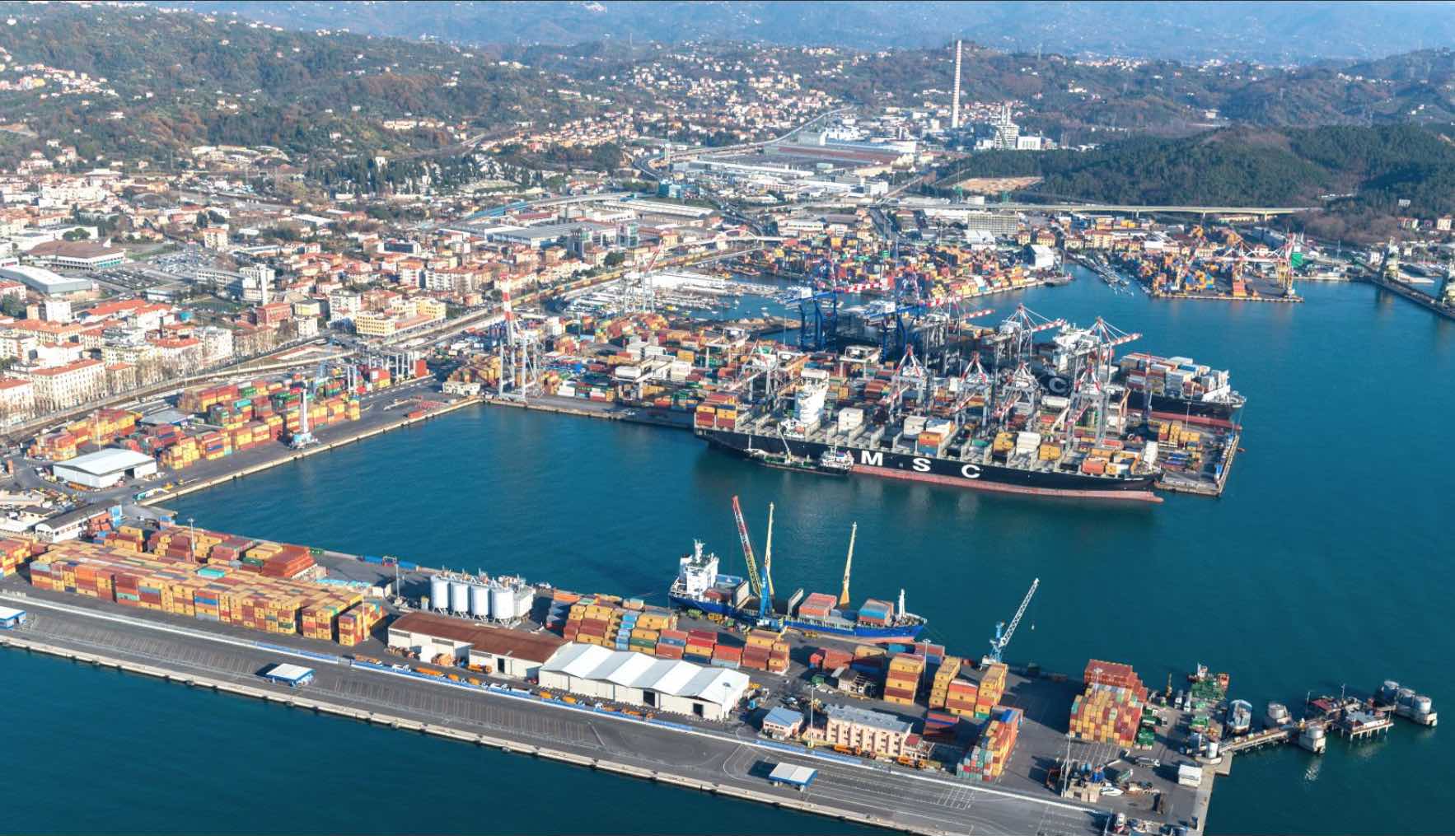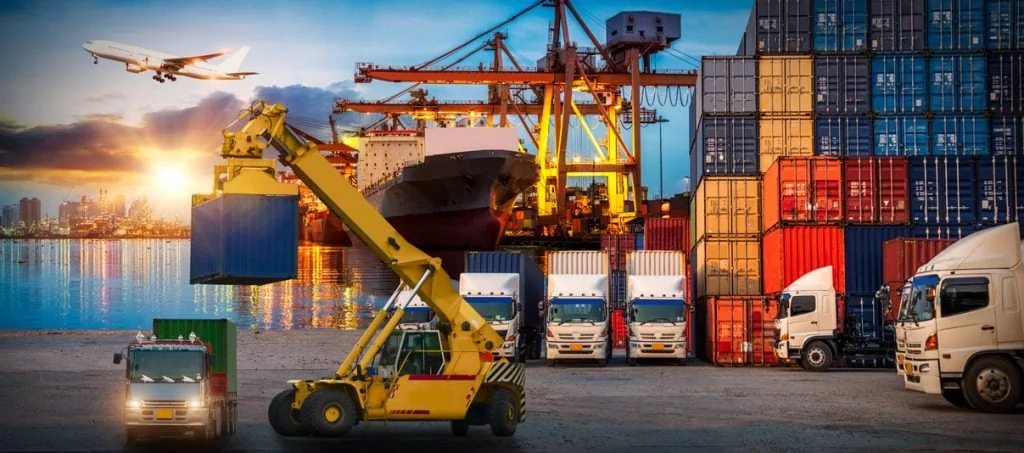28th March, 2022
Dear Valued Gava Customers,
The southern Chinese city of Shenzhen has launched a freighter service to Hong Kong to meet a lack of trucking capacity as a result of Covid-19 outbreaks. According to the Xinhua news agency, the service will operate six times per week utilising a B767 freighter operated by SF Airlines.
The first flight of the new service, which was initially planned to run until April, took off on March 19. Although the two locations are located less than 50 miles from each other, land transport between Hong Kong and Shenzhen has been heavily hit by strict Covid restrictions. The service will carry Covid-19 medical and protective goods for Hong Kong and help meet companies transport requirements in Shenzhen and neighbouring regions.
Cathay Pacific recently highlighted the lack of trucking capacity as one of the reasons for weak cargo volumes at the beginning of the year. In addition, last week, Air Cargo News reported that Shenzhen had gone into lockdown – with restrictions since being eased – forcing several companies to pause manufacturing activities.
"Cross-border trucking capacity continues to be very limited, and terminals are seeing shortages in manpower,” said forwarder Flexport in an update on the Air Freight market.
“As a result of these issues, rates have increased compared to the prior week. The market ex-SZX/CAN is hot as many customers are experiencing cross-border limitations with HKG, resulting in rate increases.”
U.S. importers, straining under a tapped-out supply chain, are increasingly offering top dollar for long-term shipping contracts that may not even be honoured as they try whatever it takes to guarantee the arrival of their products.
The pandemic-driven boom in demand for goods pushed both contract and spot rates for shipping to records — getting merchandise from place-to-place costs about 11 times more than it did before the Covid-19 outbreak. With demand so high and capacity limited, importers are paying up to avoid a repeat of 2021, when some contracts set at lower prices weren’t honoured, leaving customers without their goods.
Contracts are typically negotiated yearly with importers and carriers, agreeing to a minimum capacity level between certain ports and the spot market used for freight shipped outside the agreed terms. However, this year, importers are prepared to pay more, locking in higher, pandemic-era prices for two or even three years — despite some predictions they won’t stay as elevated — to protect themselves from the volatile spot market.
The price increases bedevilling consumers, businesses, and policymakers worldwide have prompted a heated debate in Washington about how much of today’s rapid inflation results from policy choices in the United States and how much stems from global factors tied to the pandemic like snarled supply chains.
When stubbornly rapid price gains are weighing on consumer confidence and creating a political liability for President Biden, White House officials have repeatedly blamed international forces for high inflation, including factory shutdowns in Asia and overtaxed shipping routes causing shortages and pushing up prices everywhere. In addition, the officials increasingly cite high inflation in places including the euro area, where prices are climbing at the fastest pace on record, as a sign that the world is experiencing a shared moment of price pain, deflecting the blame away from U.S. policy.
However, a chorus of economist’s points to government policies as a big part of why U.S. inflation is at a 40-year high. While they agree that prices are rising due to shutdowns and supply chain woes, they say that America’s decision to flood the economy with stimulus money helped send consumer spending into overdrive, exacerbating those global trends.
The world’s trade machine is producing, shipping, and delivering more goods to American consumers than it ever has, as people flush with cash buy couches, cars, and home office equipment, but supply chains just haven’t been able to keep up with that supercharged demand.
Shippers and carriers are starting to see a return to normalcy in container availability after the shortages that helped fuel supply chain disruption last year.
Leading box equipment lessors report that increased production of containers – coupled with stabilising prices – has alleviated some of the supply chain constraints witnessed in recent months. Though supply is expected to meet demand this year, the container market remains tight.
“We expect container supply will better keep pace with demand in 2022 due to increased new container production volumes, and new container prices have eased over 10 percent from their peak level to roughly $3,400 per 20′ dry container. However, new container prices remain far above their historical range, and market leasing rates and used container sale prices also remain very high,” said Brian Sondey, Triton International CEO, following the release of the company’s full-year results.
Congestion at North Europe’s container ports is rising again, causing ocean carriers to juggle their schedules and restrict import and export operations at terminals.
Vessels are arriving at North European ports already delayed by supply chain disruptions in China sanctioned Russian cargo remaining on board.
The authorities have announced that SHENZHEN government offices, production facilities, and public transport have reopened in several districts. Trucking capacity remains constrained, with Maersk expecting a 40 per cent cut in the service efficiency between Shenzhen and nearby cities, reports London’s Lloyd’s List.
Shenzhen authorities are also reviving social activities. The move to reopen factories and warehouses is expected to alleviate logistics pressure caused by a city-wide lockdown. They include the Yantian District in eastern Shenzhen, where a key container port is based. However, residents are still not allowed to leave or enter parts of the city. Maersk said its Yantian warehouses will reopen over the weekend, except for the Shenzhen Distribution Centre, which will remain closed until further notice.
Dongguan, a manufacturing city near Shenzhen, is seeing similar lockdown relaxation and recovery of factory activities as local authorities try to minimize the impact on the economy.
Container trucking capacity, however, remains constrained. Maersk expects a 40 per cent cut in the service efficiency between Shenzhen and nearby cities owing to strict road controls and frequent swab tests required of truckers.
Shako Container Terminal, Chowan Container Terminal and Marwan Container Terminal said they will only allow the gate-in of laden containers up to four days before the vessels’ estimated time of berthing, from March 21.
Omicron curbs hurt China ports in lockdown mania:
EVER lengthening queues of containerships outside major Chinese ports as a lockdown mania persists among Chinese officialdom nationwide.
China says it is experiencing its biggest spike in Covid infections since an initial outbreak in the central city of Wuhan in early 2020, Reuters reports.
This month, the spread of the highly infectious but largely harmless Omicron variant has led to movement controls across China, including in key manufacturing hubs of Shenzhen and Dongguan, paralysing factories making goods from flash drives to car parts.
While China’s main ports remain open and vessels continue to dock, congestion builds up, and some container ships are re-routing to avoid delays. As a result, charter rates are expected to ramp up, while delays to shipping freight grow longer.
Should you have any questions, please don’t hesitate to contact us at Gava Australia. For additional updates and information on the Latest News in the industry, please visit our new Gava Website www.gava.com.au/blog.
Regards,
Gava Australia













